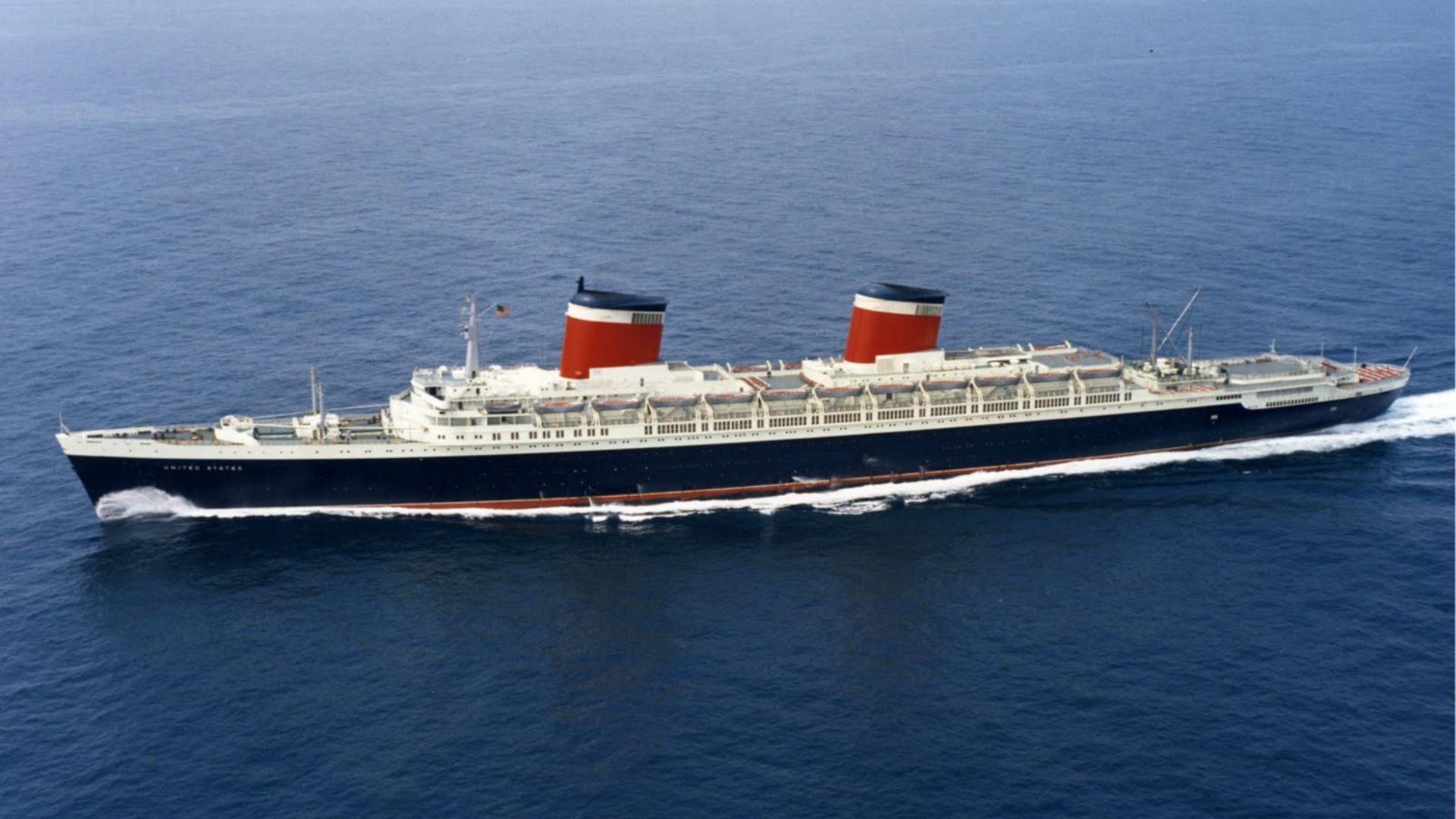World
Iconic US ship to be sunk as world’s largest artificial reef by 2026

A historic ocean liner, once a symbol of American pride and luxury, may find its final home at the bottom of the Gulf of Mexico.
Okaloosa County, Florida, has signed a tentative agreement to sink the SS United States and transform it into the world’s largest artificial reef.
This move comes after years of uncertainty over the ship’s future and offers a chance to preserve its legacy in a new, underwater form.
The deal, approved by officials in Okaloosa County, depends on settling a court-ordered mediation related to a long-running legal issue over unpaid rent and docking fees.
A storied history meets a new purpose
Built in 1952, the SS United States was once the largest passenger ship ever constructed in the U.S. It set records with its incredible speed, including a transatlantic crossing on its maiden voyage that still holds a place in history.
The ship, over 100 feet longer than the Titanic, captured imaginations and inspired awe with its design and engineering.
The SS United States was designed by renowned naval architect William Francis Gibbs and constructed with cutting-edge technology for its time. The U.S. government heavily subsidized its construction, with the intention of converting it into a troop transport if needed.
Its remarkable speed and safety features were influenced by military ship design, and it was one of the safest and fastest liners of its era. In fact, no wood was used in the passenger areas due to Gibbs’ concerns about fire hazards.
Despite its brief service as a commercial vessel, the SS United States holds a prominent place in American history.
The rise of air travel contributed to its decline, leading to its retirement in 1969 after only 17 years in service.
Over the years, several owners attempted to convert the ship into a museum or tourist attraction, but none of these efforts were successful. As a result, the vessel has remained in a state of disuse for decades.
The proposed solution is to intentionally sink the SS United States, transforming it into a vibrant artificial reef off the coast of Florida. This new chapter for the ship is seen as an opportunity to preserve its legacy in a way that benefits the local environment and economy.
“To have an opportunity to have the SS United States right here by our shore is a heritage and a legacy that is generational,” said Okaloosa County Commissioner Mel Ponder, as reported by AP News.
“I’m very excited for not only what it does for the diving community, but also the fishing community, but the community at large.”
Economic and environmental impact
The ship’s new role as a diving and fishing attraction could generate millions of dollars annually for the local tourism industry. Scuba shops, charter boats, hotels, and other businesses are likely to see a surge in visitors eager to explore the historic liner in its underwater home.
Beyond its economic potential, the ship’s conversion into a reef will create a haven for marine life. Artificial reefs provide shelter and breeding grounds for a variety of species, boosting biodiversity and improving the overall health of marine ecosystems.
Once submerged, the ship will be contributing to the area’s existing network of more than 500 artificial reefs.
The SS United States, with its massive structure, is expected to attract fish, coral, and other sea life, turning it into a thriving underwater ecosystem.
Susan Gibbs, president of the SS United States Conservancy, expressed her enthusiasm for the project.
“The SS United States has inspired millions the world over as a symbol of American pride and excellence. Should the ship be converted into an artificial reef, she will become a unique historic attraction above and below the waterline,” she said.
Challenges of the project
While the project offers exciting prospects, several challenges remain. The estimated cost of cleaning, transporting, and sinking the ship could exceed $10 million.
Further, the process of sinking the SS United States to a reusable state as a reef is expected to take at least a year and a half.
However, if everything proceeds smoothly, then the ship is supposed to become a reef sometime between 2025 and 2026.
This would be the first time an ocean liner of this nature has been deliberately sunk for the creation of an artificial reef.









